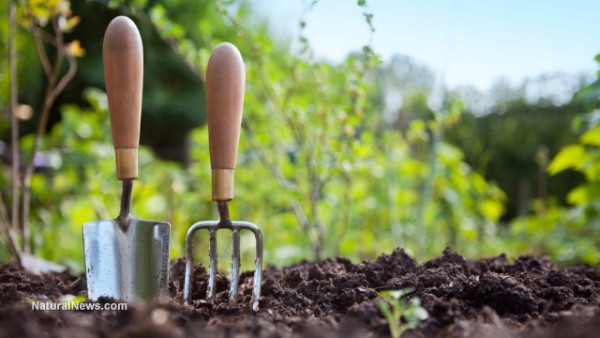Often times we must look no further than to nature for some of life’s most fascinating phenomena. Our environment plays host to nature’s most bizarre organisms, which are tasked with functions crucial to human existence. Take for example pillbugs or “rollie pollies,” the only known crustacean that can live outside of the water.
Though non-native to North America, the insects are fairly common, usually turning up when you flip over a board or brick that’s been laying around in the yard for a long time. Rollie pollies especially thrive in moist environments where they consume water through both their mouths and their rear ends, a unique ability achieved through special-tubed-shaped structures called uropods, explains insects.about.com.
They also munch on their own feces. “Each time a pillbug poops, it loses a little copper, an essential element it needs to live. In order to recycle this precious resource, the pillbug will consume its own poop, a practice known as coprophagy,” About Education reports.
Another interesting fact about pillbugs is that they’re not bugs at all, but instead are crustaceans that closely resemble shrimp, crabs and other crayfish. Similar to their marine cousins, rollie pollies exchange gas through gill-like structures, and while they are unable to survive underwater, they breathe best in moist environments.
Notorious for rolling up in a ball when threatened
Rollie pollies are “characterized by their ability to roll up into a ball when they feel threatened. Another unique feature is that they have seven pairs of legs. They also act like kangaroos, toting their eggs around with them in a special pouch called a marsupium, located on the pillbug’s underside. Even stranger, they don’t urinate,” reported Natural News.
Pillbugs are essential creatures due to their ability to improve soil quality, making them a welcomed garden guest.
Natural News added, “Breeding or collecting pill bugs may be an important practice for homesteading and gardening. The guts of these pill bugs contain a number of microbes that help the critter feed on dead, organic matter. By releasing mass quantities of pill bugs into a mature garden, one can be assured that dead plant matter is being properly broken down and returned to healthy soil.”
Excellent composters
Pill bugs literally speed up the process of decomposition. They circulate the soil. This can be very useful in composting. Pillbugs eat both fungus and monocotyledonous leaves. Pillbugs play an important role in the cycle of healthy plant life.
“They return organic matter to the soil so it can be digested further by fungi, protozoans and bacteria. This process produces a natural supply of nitrates, phosphates and other vital nutrients that plants need to thrive now and in future growing seasons. It is important not to introduce pill bugs into the garden too early, as they tend to munch on emerging plants. The grey soil workers often live up to three years.”
Heavy metal removers
“One very unique quality that these crustaceans possess is their ability to safely remove heavy metals from soil. For this reason, they are an important tool for cleaning up soil contaminated with pollutants like lead, cadmium and arsenic. In coal spoils and slag heaps, pill bugs come in handy.
“They take in heavy metals like lead and cadmium and crystallize these ions in their guts. The heavy metal toxins are then made into spherical deposits in the mid gut. With this special cleanup property, pill bugs survive where most creatures can’t, in the most contaminated sites.
“The magic of the pill bugs helps reestablish healthy soil and prevents toxic metal ions from leaching into the groundwater. This means pill bugs are also protecting well water from becoming contaminated while stabilizing soils.”
Sources:
(1) NaturalNews.com


